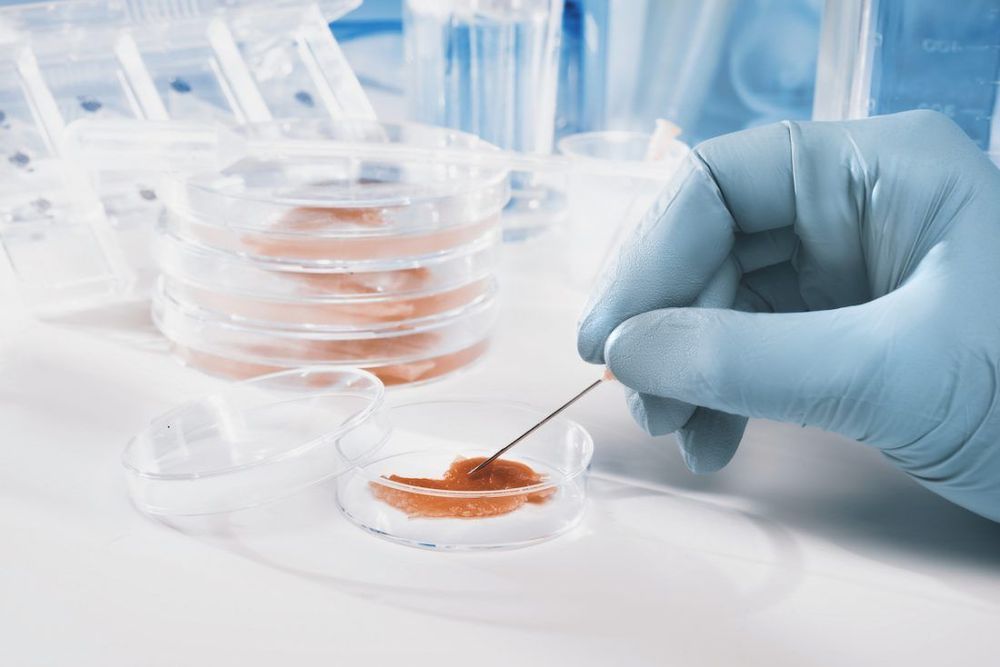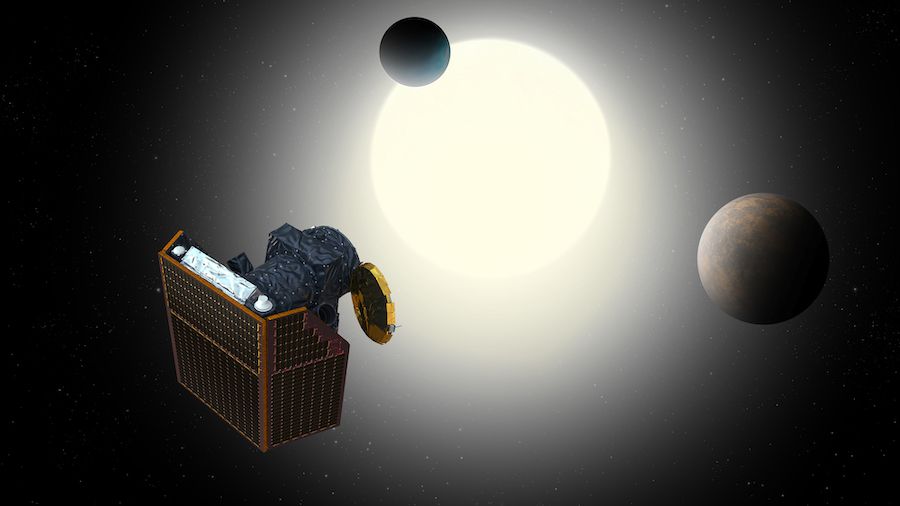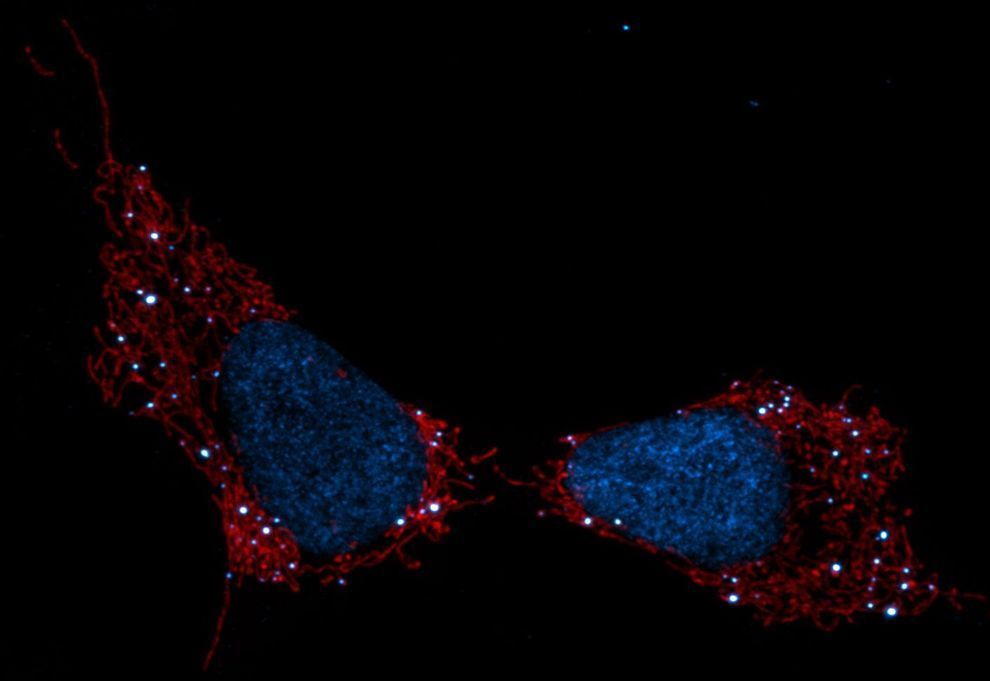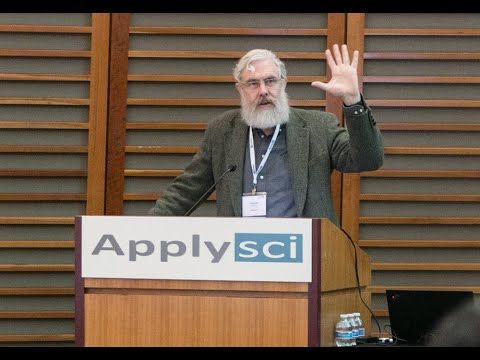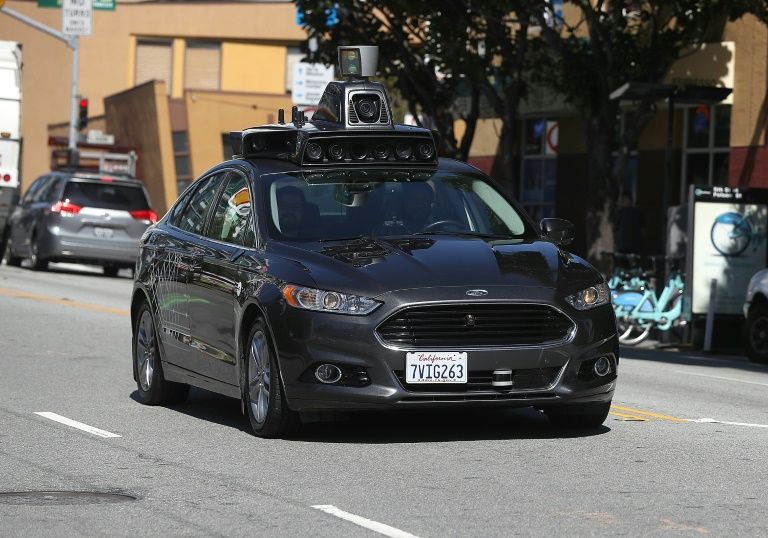From lab grown meat to object-manipulating robots, the tech that will transform our future is bound to be much bigger than the internet or smart phone.
Too many corporate AI pilot programs fail. Here are the five areas you should focus on to get your company’s AI initiatives soaring.
A compact exoplanet observatory built in Europe to help astronomers determine the sizes of distant worlds around other stars is scheduled for launch Tuesday from French Guiana aboard a Soyuz rocket.
Designed to build upon discoveries made by previous pioneering exoplanet telescopes — like NASA’s Kepler mission — the European Space Agency’s Characterizing Exoplanet Satellite, or CHEOPS, mission will orbit some 435 miles (700 kilometers) above Earth with a small but ultra-sensitive telescope looking at faraway stars.
CHEOPS will be capable of registering tiny changes in the brightness of stars as planets block their light from reaching the telescope. This way of observing exoplanets is called the transit method, and it’s been used by Kepler, NASA’s TESS observatory, and the French space agency’s CoRoT mission to discover planets around other stars.
Chemotherapy is a powerful weapon in the fight against cancer, but the complex nature of the disease means that it doesn’t always produce the desired result. Scientists at the Salk Institute have been researching some of the cellular processes behind these evasive abilities, uncovering a new mechanism that could pave the way for new treatments that see chemotherapy maintain the upper hand.
The work was carried out at the Salk Institute’s Molecular and Cell Biology Laboratory, where medical scientists led by Gerry Shadel set out to investigate the role mitochondria might play in the effectiveness of chemotherapy.
Mitochondria is best known as the power generator of the vast majority of cells, but the scientists have found that it can also act as an early warning sign when something’s not quite right. While most of the DNA we carry is packed inside the nucleus of the cell, mitochondria packs its own small set of DNA, called mtDNA.
Taking advantage of powerful advances in CRISPR gene editing, scientists at the University of California San Diego have set their sights on one of society’s most formidable threats to human health.
A research team led by Andrés Valderrama at UC San Diego School of Medicine and Surashree Kulkarni of the Division of Biological Sciences has developed a new CRISPR-based gene-drive system that dramatically increases the efficiency of inactivating a gene rendering bacteria antibiotic-resistant. The new system leverages technology developed by UC San Diego biologists in insects and mammals that biases genetic inheritance of preferred traits called “active genetics.” The new “pro-active” genetic system, or Pro-AG, is detailed in a paper published December 16 in Nature Communications.
Widespread prescriptions of antibiotics and use in animal food production have led to a rising prevalence of antimicrobial resistance in the environment. Evidence indicates that these environmental sources of antibiotic resistance are transmitted to humans and contribute to the current health crisis associated with the dramatic rise in drug-resistant microbes. Health experts predict that threats from antibiotic resistance could drastically increase in the coming decades, leading to some 10 million drug-resistant disease deaths per year by 2050 if left unchecked.
Recorded at ApplySci’s Wearable Tech + Digital Health + Neurotech conference — November 14, 2019 | Harvard Medical School.
The first driverless cars were supposed to be deployed on the roads of American cities in 2019, but just a few days before the end of the year, the lofty promises of car manufacturers and Silicon Valley remain far from becoming reality.
Recent accidents, such as those involving Tesla cars equipped with Autopilot, a driver assistance software, have shown that “the technology is not ready,” said Dan Albert, critic and author of the book “Are We There Yet?” on the history of the American automobile.
He questioned the optimistic sales pitch that autonomous cars would help reduce road deaths — 40,000 every year in the United States, mostly due to human error — because these vehicles themselves have caused deaths.
The latest version of Google Chrome has a serious problem and it has already rolled out to millions…

